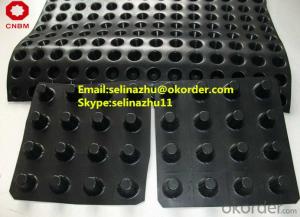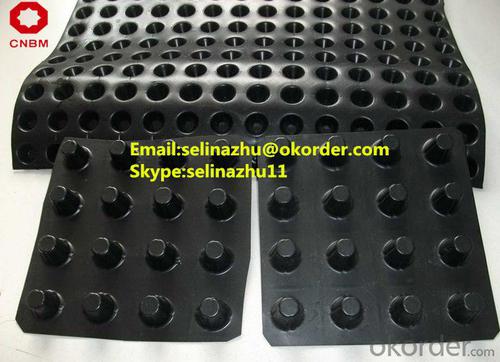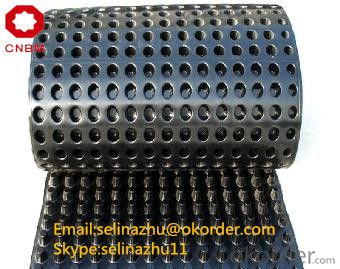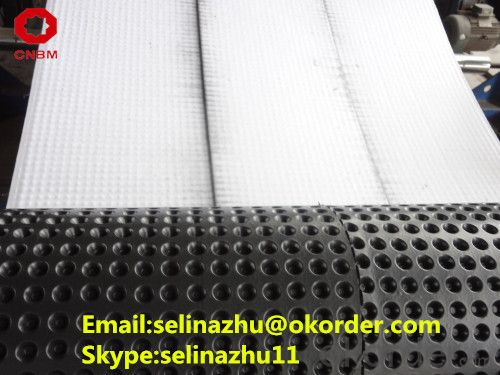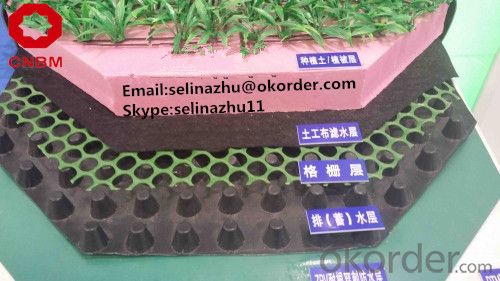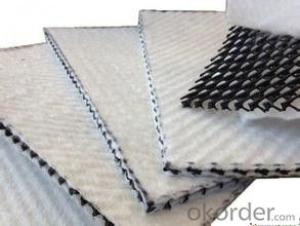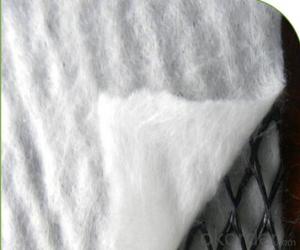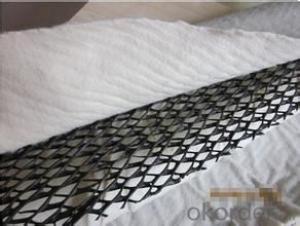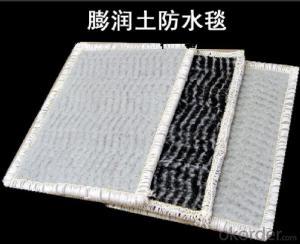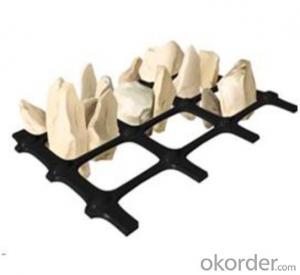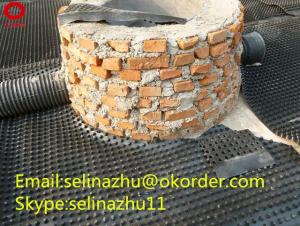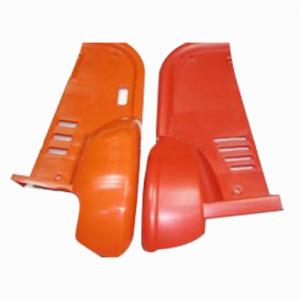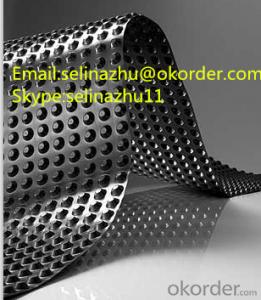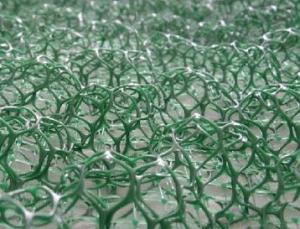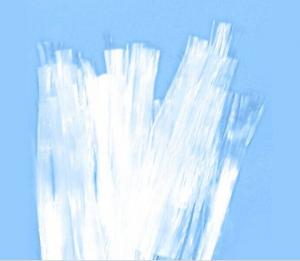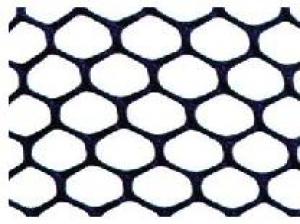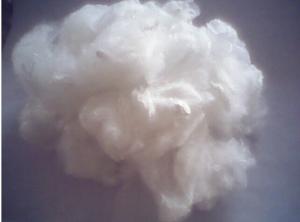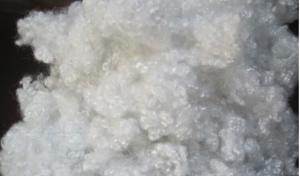Plastic Dimple Drainage Water Treatment Material
- Loading Port:
- Qingdao
- Payment Terms:
- TT OR LC
- Min Order Qty:
- 3000 m²
- Supply Capability:
- 500000 m²/month
OKorder Service Pledge
OKorder Financial Service
You Might Also Like
Specification
Plastic Dimple Drainage Sheet Introduction
Plastic dimple drainage sheet is made of high molecular, produced by extrusion and adsorption. The tri-diamensional space can drain gas and fluid. It is multi-functional material, can form channels for water and gas easily, which is sound insulation and vibration isolation. In the field of civil construction can be widely used in building roof system layer overhead, planted roof drainage ventilation, basement waterproof system protection, thermal and moisture isolation of the interior surface, road and rail tunnel drainage protection. In the urban land, space, material resources are becoming scare today, plastic dimple drainage sheet to provide the most valuable option.
Plastic Dimple Drainage Sheet Application
Waterproofing system of road
Railway tunnel and underground
Basement of building
Roof garden
Other waterproofing and drainage construction works
Plastic Dimple Drainage Sheet Advantage
-Low cost, High efficiency
-Durable, anti age
-Chemical resistance
-Resistance to puncture of plant roots
-Diverse application
-Simple installation and quality guaranteed
Plastic Dimple Drainage Sheet Specifications
| No. | Item | Technical Index | |||||
| CMAX-H10-1.0 | CMAX-H20-1.0 | CMAX-H10-1.5 | CMAX-H20-1.5 | CMAX-H10-2.0 | CMAX-H20-2.0 | ||
| 1 | Board Thickness, mm | 1.0 | 1.0 | 1.5 | 1.5 | 2.0 | 2.0 |
| 2 | Depth of Dimple, mm | 10 | 20 | 10 | 20 | 10 | 20 |
| 3 | Tensile Strength, N/125px ≥ | 400 | 400 | 500 | 500 | 700 | 700 |
| 4 | Elongation at Break, % | 200 | 200 | 300 | 300 | 400 | 400 |
| 5 | Tensile Strength of Three-dimensional, Kpa | 400 | 320 | 450 | 370 | 500 | 420 |
| 6 | Dimension Stability, % | ±2 | |||||
| 7 | Low Temperature Bending | no creases in low temperature -35℃ | |||||
| 8 | Longitudinal Flow Capacity, cm3/s (water pressure 5KPa) | 5.6 | 8.6 | 5.6 | 8.6 | 5.6 | 8.6 |
| 9 | Longitudinal Flow Capacity, cm3/s (water pressure 350KPa) | 15.2 | 18.2 | 15.2 | 18.2 | 15.2 | 18.2 |
Plastic Dimple Drainage Sheet photos

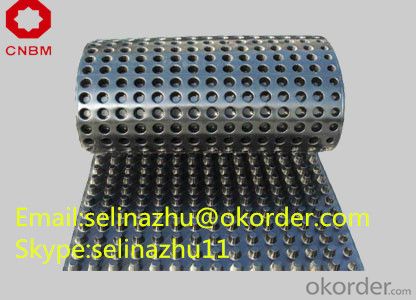
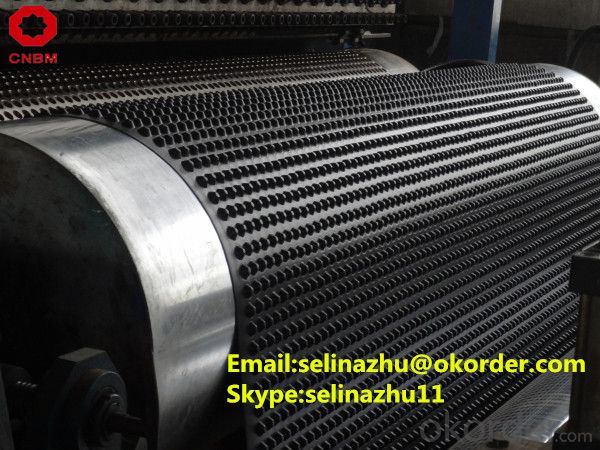
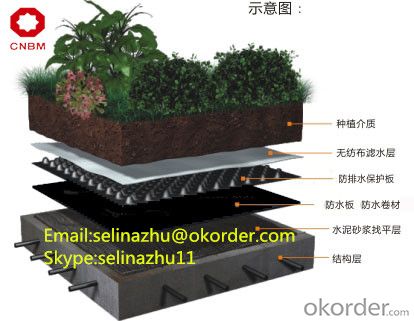
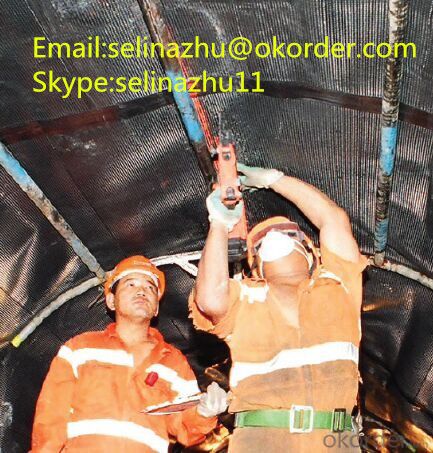
FAQ
1. Which payment do you accept?
For you convenience, our payment can be L/C, TT
2. Is free sample available?
We can supply free samples. You'll just need to pay for express cost.
3. Why choose CNBM?
CNBM is short for China National Building Material Corporation, is a China state owned huge corporation, exported from 1984. CNBM own the largest geosynthetics production base about 667000m2 in China and have about 120production line for all geo materials. For geotextile, we have 38 production lines, our production capacity each day can be 300,000m2.
We passed CE certificate and reaches ASTM standard, have more than 120 customers in EU, USA, Ocean, Africa and all markets. We’ll be your reliable partner in quality and after sales service.
3. How about your quality?
We have strict quality control system, we make testing on incoming raw material and finished products. Your third party testing is also welcomed. With high quality, our products are used on government projects at home and abroad. Our product quality is accepted by clients from all over the world. Warmly welcome your samples requirement or trail order.
- Q: How are geocells used for erosion control on riverbanks?
- Geocells are utilized for erosion control on riverbanks by providing a reinforced structure that stabilizes the soil and prevents its erosion. These cellular confinement systems are filled with soil or other suitable materials, and then placed along the riverbank to create a strong and stable barrier against water flow. The interconnected cells within the geocell system not only enhance the overall strength and stability of the soil, but also promote vegetation growth, further aiding in erosion control.
- Q: Civil Engineering Materials Laboratory electricity about how much watts
- Are generally three-phase current, test equipment are needed this.
- Q: Civil engineering materials, the material strength and brittleness to enhance the plastic reduction method
- Plus point plus cross-linking agent
- Q: How do geosynthetic clay liners contribute to environmental containment?
- Geosynthetic clay liners (GCLs) contribute to environmental containment by providing a barrier that prevents the migration of contaminants, such as liquids or gases, through the liner. The clay component of GCLs swells when in contact with water, creating a tight seal that minimizes the potential for leaks or seepage. This containment capability is particularly useful in applications such as landfills, mining sites, or hazardous waste storage facilities, where it is crucial to prevent the release of pollutants into the surrounding environment.
- Q: Are earthwork products suitable for underground storage systems?
- Yes, earthwork products like geotextiles, geogrids, and geomembranes are suitable for underground storage systems. These products provide reinforcement, stability, and waterproofing to the underground structures, ensuring their long-term durability and functionality.
- Q: What are the different accessory options available for earthwork products?
- There are several accessory options available for earthwork products, including but not limited to, buckets, rippers, compaction wheels, thumbs, grapples, and quick couplers. These accessories enhance the functionality and versatility of earthwork products, allowing them to perform a wide range of tasks efficiently and effectively.
- Q: Why study civil engineering materials?
- The basic materials, material properties, quality requirements and testing methods of civil engineering materials commonly used in civil engineering are mainly introduced. The contents include inorganic hardening cement, cement, mortar, concrete, masonry and roofing materials, steel , Synthetic polymer materials, asphalt materials, wood, insulation materials, sound-absorbing materials and sound insulation materials, decorative materials, new waterproof materials, fireproof materials. This is of great practical significance in the construction and design.
- Q: What are the specific applications of geotextile tubes in coastal protection projects?
- Geotextile tubes, also known as geotubes, have various specific applications in coastal protection projects. These include beach nourishment, shoreline stabilization, erosion control, and sediment containment. By filling these tubes with sand or other sediment, they act as a barrier against wave action and help to prevent erosion. Geotextile tubes can also be used to create protective dunes, restore coastal habitats, and control sediment runoff. Overall, geotextile tubes are a versatile and effective tool for coastal protection projects, providing both immediate and long-term solutions to mitigate the impacts of coastal erosion.
- Q: Can earthwork products be used for fish passage construction?
- Yes, earthwork products can be used for fish passage construction.
- Q: What are the benefits of using geogrids in earthwork applications?
- Using geogrids in earthwork applications offers several benefits. Firstly, geogrids enhance the stability and strength of the soil, providing increased load-bearing capacity. This allows for the construction of structures on weak or unstable soils that would otherwise be problematic. Secondly, geogrids help to prevent soil erosion by reinforcing the soil and reducing the potential for soil movement. This is particularly beneficial in areas prone to heavy rainfall or steep slopes. Additionally, geogrids can reduce construction time and costs by minimizing the need for extensive excavation and soil replacement. Overall, incorporating geogrids in earthwork applications can improve the overall performance and longevity of the project while also providing cost and time savings.
Send your message to us
Plastic Dimple Drainage Water Treatment Material
- Loading Port:
- Qingdao
- Payment Terms:
- TT OR LC
- Min Order Qty:
- 3000 m²
- Supply Capability:
- 500000 m²/month
OKorder Service Pledge
OKorder Financial Service
Similar products
Hot products
Hot Searches
Related keywords
